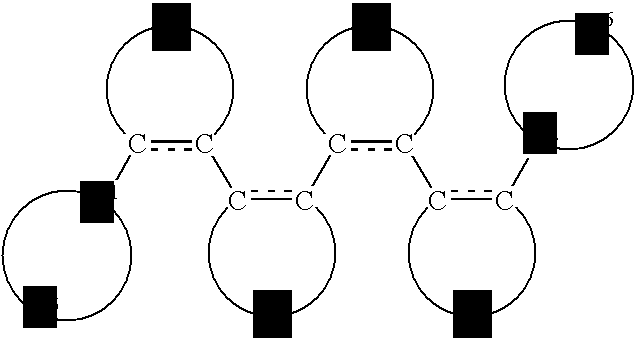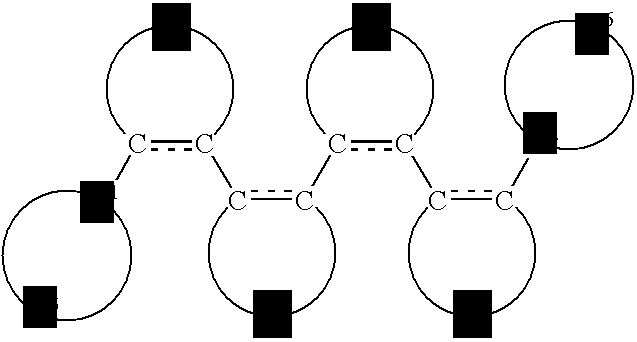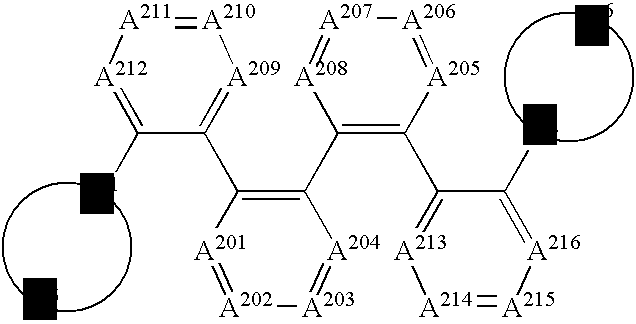Organic electroluminescent device
a technology of electroluminescent devices and organic materials, which is applied in the direction of thermoelectric devices, discharge tube luminescnet screens, natural mineral layered products, etc., can solve the problems of reducing light emission efficiency, serious quenching of light emission, and devices not yet developed to meet high efficiency and high durability. , to achieve the effect of high light emission efficiency and high durability
- Summary
- Abstract
- Description
- Claims
- Application Information
AI Technical Summary
Benefits of technology
Problems solved by technology
Method used
Image
Examples
synthesis example 1
Synthesis of Compound 1
[0094]
[0095]In a nitrogen atmosphere, 1 g (3.21 mmol) of 2,2-dibromobiphenyl, 1.27 g (6.41 mmol) of 2-(4,4,5,5-tetramethyl-1,3,2-dioxaboran-2-yl)biphenyl, 168 mg (0.64 mmol) of triphenylphosphine, 2.39 g (17.3 mmol) of potassium carbonate, 36 mg (0.16 mmol) of palladium acetate, 20 mL of 1,2-dimethoxyethane and 30 mL of water were refluxed under heating for 2 hours. The obtained reaction mixture was extracted with ethyl acetate, and the organic layer was washed with saturated brine and dried over anhydrous magnesium sulfate. After removing the solvent by distillation under reduced pressure, recrystallization from an ethanol-chloroform mixed solvent was performed to obtain 0.70 g (yield: 48%) Compound 1 as a colorless cubic crystal.
synthesis example 2
Synthesis of Compound 165
[0096]
[0097]In a nitrogen atmosphere, 1.5 g (3.96 mmol) of Compound A, 3.0 g (15.82 mmol) of o-trifluoromethylphenylboric acid, 207 mg (0.79 mmol) of triphenylphosphine, 2.95 g (21.4 mmol) of potassium carbonate, 44 mg (0.20 mmol) of palladium acetate, 15 mL of 1,2-dimethoxyethane and 20 mL of water were refluxed under heating for 5 hours. The obtained reaction mixture was extracted with ethyl acetate, and the organic layer was washed with saturated brine and dried over anhydrous magnesium sulfate. After removing the solvent by distillation under reduced pressure, recrystallization from chloroform was performed to obtain 2.2 g (yield: 92%) Compound 165 as a colorless powder crystal.
[0098]Considering the durability of the device, the glass transition temperature (Tg) of the compound of the present invention is preferably from 130 to 450° C., more preferably from 135 to 450° C., still more preferably from 140 to 450° C., yet still more preferably from 150 to 4...
example 1
[0176]An organic electroluminescent device of Example 1 was produced in the same manner as the organic electroluminescent device of except for changing CBP to Compound 10 of the present invention.
PUM
| Property | Measurement | Unit |
|---|---|---|
| glass transition temperature | aaaaa | aaaaa |
| Tg | aaaaa | aaaaa |
| Tg | aaaaa | aaaaa |
Abstract
Description
Claims
Application Information
 Login to View More
Login to View More - R&D
- Intellectual Property
- Life Sciences
- Materials
- Tech Scout
- Unparalleled Data Quality
- Higher Quality Content
- 60% Fewer Hallucinations
Browse by: Latest US Patents, China's latest patents, Technical Efficacy Thesaurus, Application Domain, Technology Topic, Popular Technical Reports.
© 2025 PatSnap. All rights reserved.Legal|Privacy policy|Modern Slavery Act Transparency Statement|Sitemap|About US| Contact US: help@patsnap.com



